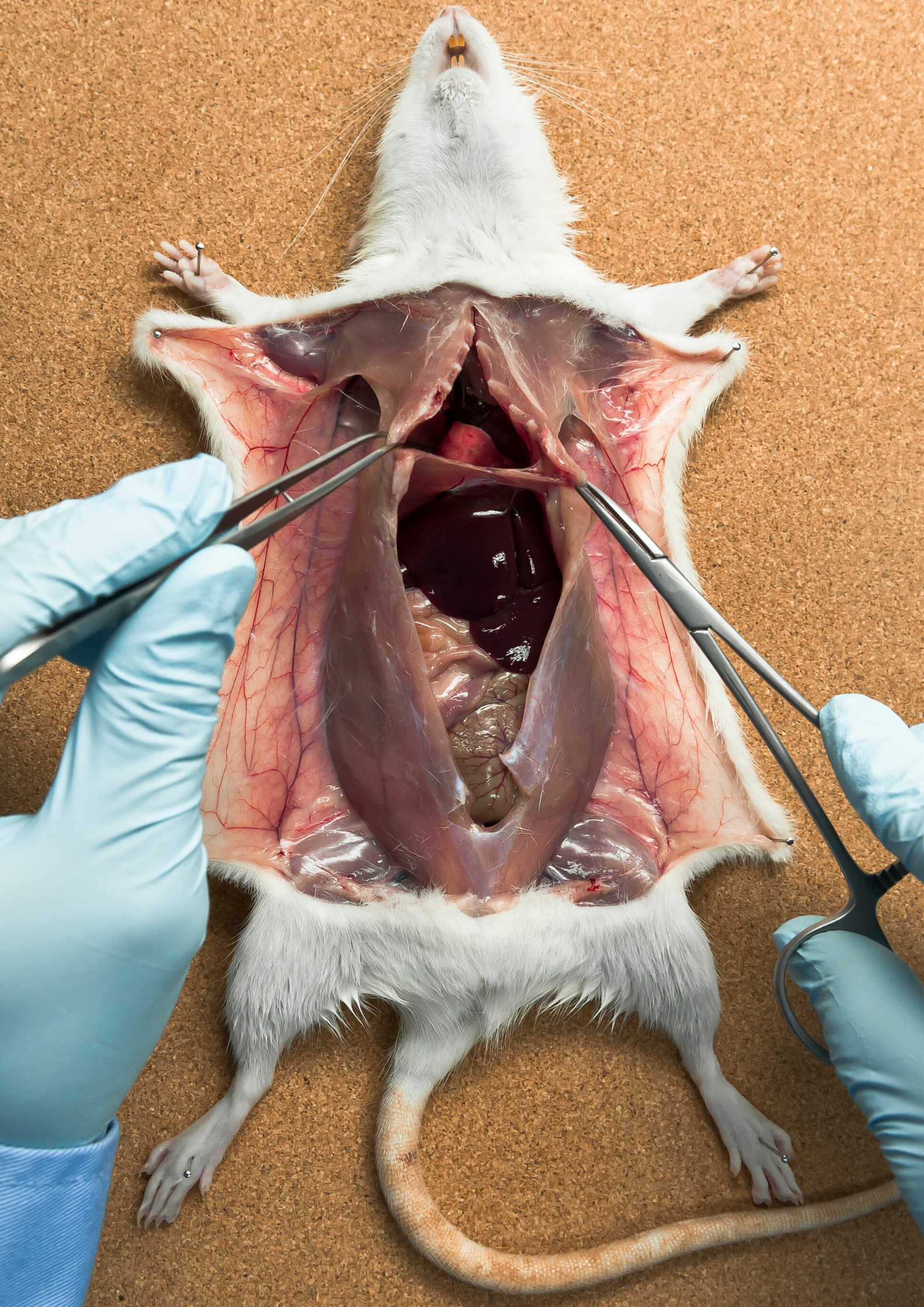
Animal Dissections: Hands-on Learning Experience or Lessons in Cruelty?
Animal dissections in education have remained controversial for a long time. Many people believe that the physical dissections are cruel, unethical, and should be replaced by non-animal teaching alternatives. Since no state education department in Australia has made dissections mandatory, the physical dissections created ethical and environmental concerns with respect to animal welfare, students’ respect for life and health and safety issues. It poses the question, ‘Should educators consider to exclusively use virtual dissections’?
It is undeniable that traditional dissections provide a lot of benefits. Firstly, students have an opportunity to see the “real deal” as the tangible objects allow students to observe, touch and explore the actual animal and remark the real-life interconnection between various organs and systems.

Secondly, the traditional way is easier and more practical, allowing students to develop motor skills, accumulate hands-on and authentic experience. This allows students to fully engage with the subject matter being studied. Thirdly, physical dissections which can be lively and fascinating sometimes surprise students by showing the diversity within a species. Some teachers claim that alternatives are overly perfect, alike textbooks, and fail to show the abnormalities or variations among specimens. Fourthly, although the traditional method has raised ethical concerns, it is believed that students can develop an ethic of appreciation towards animal life, learn about responsibility, animal science, and can even have intention of helping animals and protecting their life.
On the other hand, there are lab techs and teachers who have showed their favour towards substitutes which do not involve the use of animals. They believe that alternatives are ideal pre-dissection tools to get students familiar with the physical dissections. The alternatives broaden students’ knowledge and provide them with a model of a properly dissected organism. As physical dissections are not compulsory in Australia, the virtual simulations could be an ideal alternative learning option for students who are turned off by the traditional method.
Moreover, the alternatives are believed to save schools and universities money and time as they are reusable and reduce environmental footprint. Importantly, lab techs and teachers no longer need to spend time purchasing specimens and cleaning up. This frees the health concerns in regard to exposure to formalin solution. Some lab techs and teachers argue that physical dissections fail to teach students to respect animal life due to the abuse and killings of animals and can cultivate callousness towards animals and nature as students could feel that it is okay to make animals suffer. Sophisticated simulators could save animal life. No more demands for animal dissections, no more supplies for animals and parts!
It is far from easy to clearly prove which method will help students have more comprehensive science learning as each method has its own pros and cons. While we are still waiting for “better” substitutes which can both provide an authentic experience and don’t require cutting up animals, will you favour the traditional method or will you opt for the modern non-animal teaching alternatives? Have your say!
References:
1. PETA Australia, ‘Cut Out Dissection: Urge Australian Universities to Catch Up with other countries’, weblog, n.d, < https://secure.peta.org.au/page/46570/action/1?locale=en-AU>, viewed 21 November 2019.
2. PETA Australia, ‘Animals in Classrooms’, weblog, n.d, <https://www.peta.org.au/issues/experimentation/animals-classrooms/>, viewed 25 November 2019.
3. OKayley, J 2012, ‘Science teachers and the dissection debate: Perspectives on animal dissection and alternative’, International Journal of Environmental & Science Education, vol. 7, no. 2, pp. 253 – 267.
